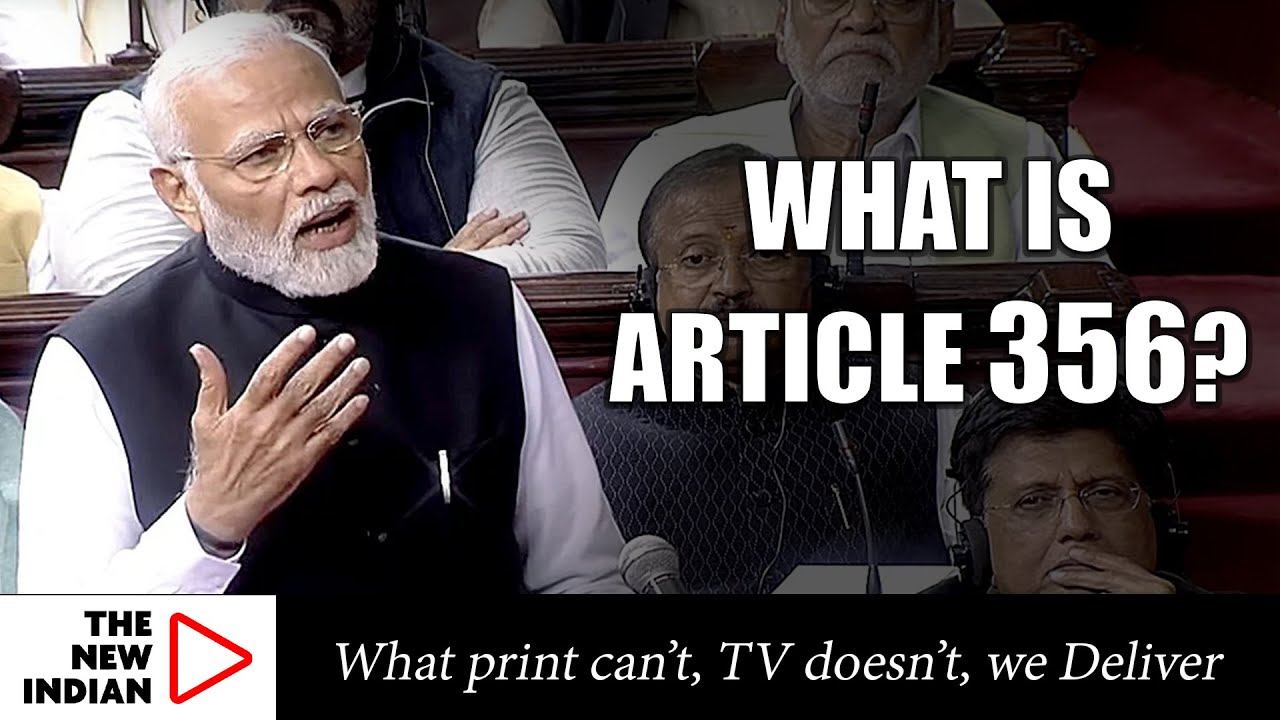Article 356 empowers the President to withdraw to the Union the executive and legislative powers of any state “if he/she is satisfied that a situation has arisen in which the government of the state cannot be carried on in accordance with the provisions of the Constitution”.
According to the provisions of Article 356, President’s Rule in a state can be imposed for six months at a time for a maximum duration of three years. Every six months, Parliamentary approval to impose President’s Rule will be required again. However, in the past, the President’s Rule has been extended for significantly longer periods under specific circumstances.
For instance, Punjab was under President’s Rule from 1987 to1992 due to the growing militancy. On February 9, Prime Minister Narendra Modi recalled in Rajya Sabha that Congress governments at the Centre had dismissed 90 state governments by “misusing” Article 356 of the Constitution, and that former PM Indira Gandhi had “misused” it 50 times to dismiss elected state governments
Let’s take a look at the facts. . .
During the decades of Congress’s dominance at the Centre, Article 356 was used against governments of the Left and regional parties in the states. Until 1959, Jawaharlal Nehru’s government had used the article six times, including to dislodge the first-ever elected communist government in the world, in Kerala in 1959.
In the 1960s, it was used 11 times.. . . After Indira came to power in 1966, Article 356 was used seven times between 1967 and 1969 alone. 1970s were more politically turbulent. Between 1970 and 1974, President’s Rule was imposed 19 times. Post Emergency, the Janata Party government used it in 1977 to summarily dismiss nine Congress state governments. When Indira returned to power in 1980, her government too imposed President’s Rule in nine states.
In 1992-93, Prime Minister Narasimha Rao dismissed three BJP governments in the wake of the demolition of Babri Masjid, besides Kalyan Singh’s government in UP. Article 356 was inspired by Section 93 of the Government of India Act, 1935 in the pre-independence era. For the British, this provision allowed for a ‘controlled democracy’ – while providing some autonomy to provincial governments, Section 93 allowed the British authorities to exercise ultimate power when they deemed necessary.
Finally in the year of 1994, the Supreme Court enforced provisions to curb the political misuse of Article 356 after Centre dismissed S R Bommai’s government in Karnataka in 1989. In its landmark judgment, a nine-judge Bench Supreme Court noted specific instances when President’s rule can be imposed and when it cannot.
The court held that Article 356 can be invoked, but not without giving the state government a chance to either prove its majority in the House or without instances of a violent breakdown of the constitutional machinery. Since the judgment, the arbitrary use of Article 356 has been largely controlled. And it seems that the Ghost of its Past is not yet ready to leave the Congress party for peace.









